For many mezcal fans, Asis Cortés is their first introduction to Oaxaca, and an original glimpse at Oaxacan culture and life. He’s travelled the globe, bringing Casa Cortés brands like El Jolgorio and Nuestra Soledad to the Acropolis of Athens, to the Mr. Purple Rooftop Lounge in NYC, and beyond. We first met Asis at Mezcalogia, the Casa Cortés mezcaleria/bar in Oaxaca City several years ago. He was energetic, charismatic, and focused on whatever conversation was directly in front of him. He was totally present with everyone he encountered. It was impressive to see him bounce from person to person in our group and make an immediate deep connection. The genuine nature of his character shone bright through the dimly lit mezcaleria that evening.
Perhaps the biggest takeaway from that evening, was when he introduced us to the term dixeebe (pronounced dee-shee-bay) for the first time. The mezcaleria was full of agave-enamoured guests, and Asis was calm and relaxed. We were about to sip an incredible Jabali from José Parada (Ignacio’s son) that Asis had recommended we try. He pointed at the wall behind us, near the entryway, where Dixeebe was written on a small chalkboard that hung above the bar. “In the Zapotec language, this is our deepest gratitude” he told us. “Dixeebe.” We clinked velodoras and sipped together.
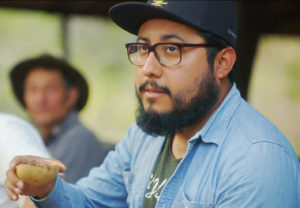
Asis Cortés, grandson of Don José Cortés and global Mezcal ambassador. Photo courtesy of Sons of Mezcal.
Dixeebe
Filmed over the course of several years by director Stephan Werk and his crew, the Sons of Mezcal documentary channels this concept of dixeebe. The film defines this word as “a term spoken when drinking mezcal amongst loved ones to express honor to those present, those who have passed on, to mother nature, and the ancient spirits within mezcal itself.” Throughout the film, this deep sense of honor and respect is shown through the relationships and actions of the Cortés family and the other related Casa Cortés families who may not be related by blood, but are clearly bound by something deeper in the earth, culture, and tradition of rural Oaxaca.
The documentary runs just under 2 hours with only the sparse, raspy narration of Don José Cortés, speaking in Zapotec, the rich heritage language of this region, to guide the way. This is a strategic and artful decision by the production team, and big win for the viewer. Rather than telling the audience about the handmade nature of mezcal, and the deep place in which mezcal resides in Zapotec culture, the viewer is immersed in a series of vignettes that transport them through the vast agave fields of Santiago Matatlan, to the steep mountain terrain of San Luis del Rio, to the peace and solitude of Santa Maria Zoquitlan. This is not a “how is mezcal made” documentary, but instead focuses on how traditions are followed and passed from one generation to the next in rural Oaxaca, Mexico.
Portions of the film show each step of the mezcal production process, across multiple Casa Cortés producers and locations, but more importantly, the film hits the same deep taproot that originally drove Tyler and I to get involved in mezcal. If you look beyond the production elements and the technical nature of tasting notes, agave varietals, and distillation types, you’ll find what has truly kept mezcal production alive for the last 400 years: the families, and the traditions that are passed down through generations.
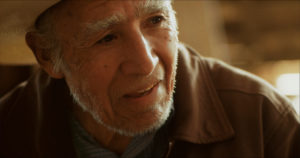
Don José Cortés, patriarch of the Cortés Family. Photo courtesy of Sons of Mezcal.
Fathers and Sons of Mezcal
Even in title, Sons of Mezcal focuses on this idea of multi-generational knowledge and tradition. The film captures these moments as still imprints in time: Ignacio Parada watering his agave fields with his son José, Gregorio Martinez continually pushing his son Oscar to “show some effort” when harvesting agaves, and Don José Cortés listening to the bubbles in fermentation tanks with his grandson Asis Cortés. These moments have happened hundreds and thousands of times over the 5+ generations that the Cortés family has been producing mezcal, and there’s a certainty within the eyes of each of these Casa Cortés patriarchs that these same moments will continue for another 400 years to come.
The pinnacle depiction of this occurs when Rolando Cortés visits Ignacio Parada in Santa Maria Zoquitlán. Don “Chucho” Ignacio is sitting in a hammock on his front porch. The two of them share a high ABV puntas, and Igancio expresses his pride in the fact that his son Jesus is replacing him, not only as a producer of mezcal, but as a provider, and figurehead within the community. It’s this sentiment that is too often lost or non-existent in other spirits. It’s why we love mezcal, and it’s what the Sons of Mezcal film did a fantastic job of showcasing.
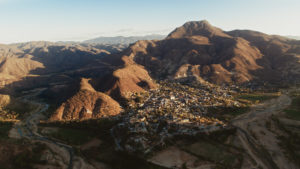
The landscape surrounding Zoquitlan, Oaxaca. Photo courtesy of Sons of Mezcal.
This storytelling is set against the backdrop of vast open Oaxacan countryside, captured by drone footage in each producer’s region. Each vignette starts with a 30,000 foot view of the mountains and landscapes, and the storylines most often resolve to single shots of a producer’s weathered sandals, agave juices being squeezed by tahona from a fresh ferment, or a cute little abuela giving a dixeebe to each member of her family. The documentary takes you from the macro-Oaxacan landscape down to single micro-shots of life around the palenque.
In addition to the breathtaking visuals, the Sons of Mezcal team enlisted composer Eduardo VC to put together some great backing tracks to fill the auditory spaces between the sounds of agave harvests, mezcal ovens being loaded, and families rejoicing in the company of each other. The highlight of this instrumentation comes from Isaias Montes de Oca, a musician who plays a series of hollowed quiote shoots like a didgeridoo. You can listen to snippets of the soundtrack and pre-order here.
The movie ends with a beautiful dixeebe from Don José Cortés to his grandchildren and great-children. The many generations are out in a field together, planting more agave in rows, to be harvested 10-20 years from now. It’s a powerful moment that leaves a lasting impression.
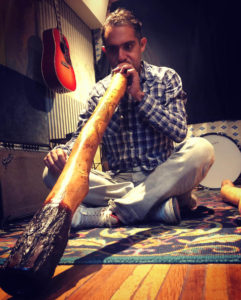
Isaias Montes de Oca, the quiote player in the studio during recording.
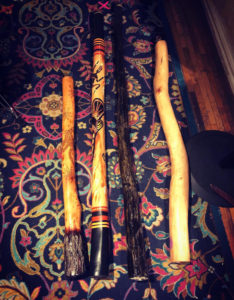
Hollowed quiotes in the studio, each with a different pitch for recording.
Casa Cortés and the Cortés Family
In a way, the making of Sons of Mezcal is a dixeebe to Casa Cortés and the Cortés Family. The future seems bright for mezcal, and for the families shown in this film. Casa Cortés continues to expand with El Jolgorio and Nuestra Soledad, and Asis and his father Valentin created a new branch of family growth with the Dixeebe brand. The film immerses the viewer in a deep, intimate exploration of their family dynamic, a signpost for the multi-generational nature of mezcal and Zapotec culture. We highly recommend that anyone interested in mezcal pour themselves a copita and watch this film.
As of this posting, there have been a few public screenings of this film… please follow the Sons of Mezcal Instagram account and visit their website for more information on future screenings and eventual streaming options.


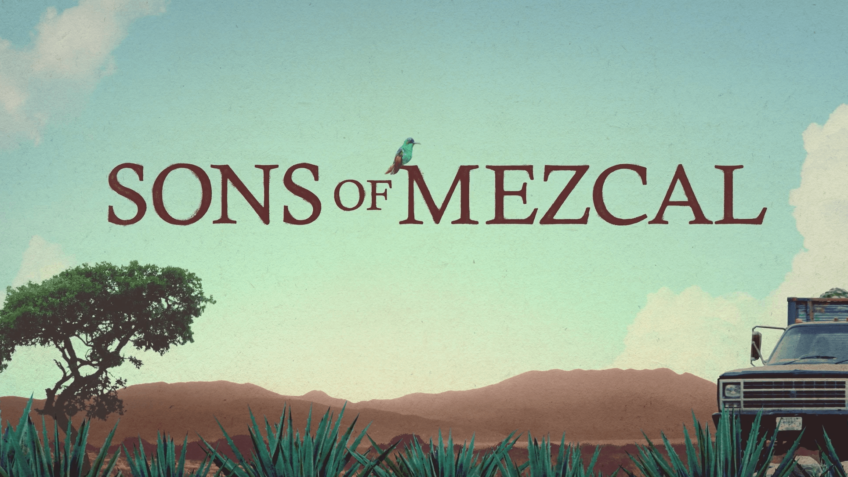
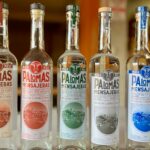
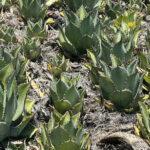
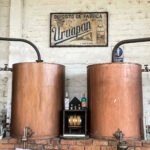
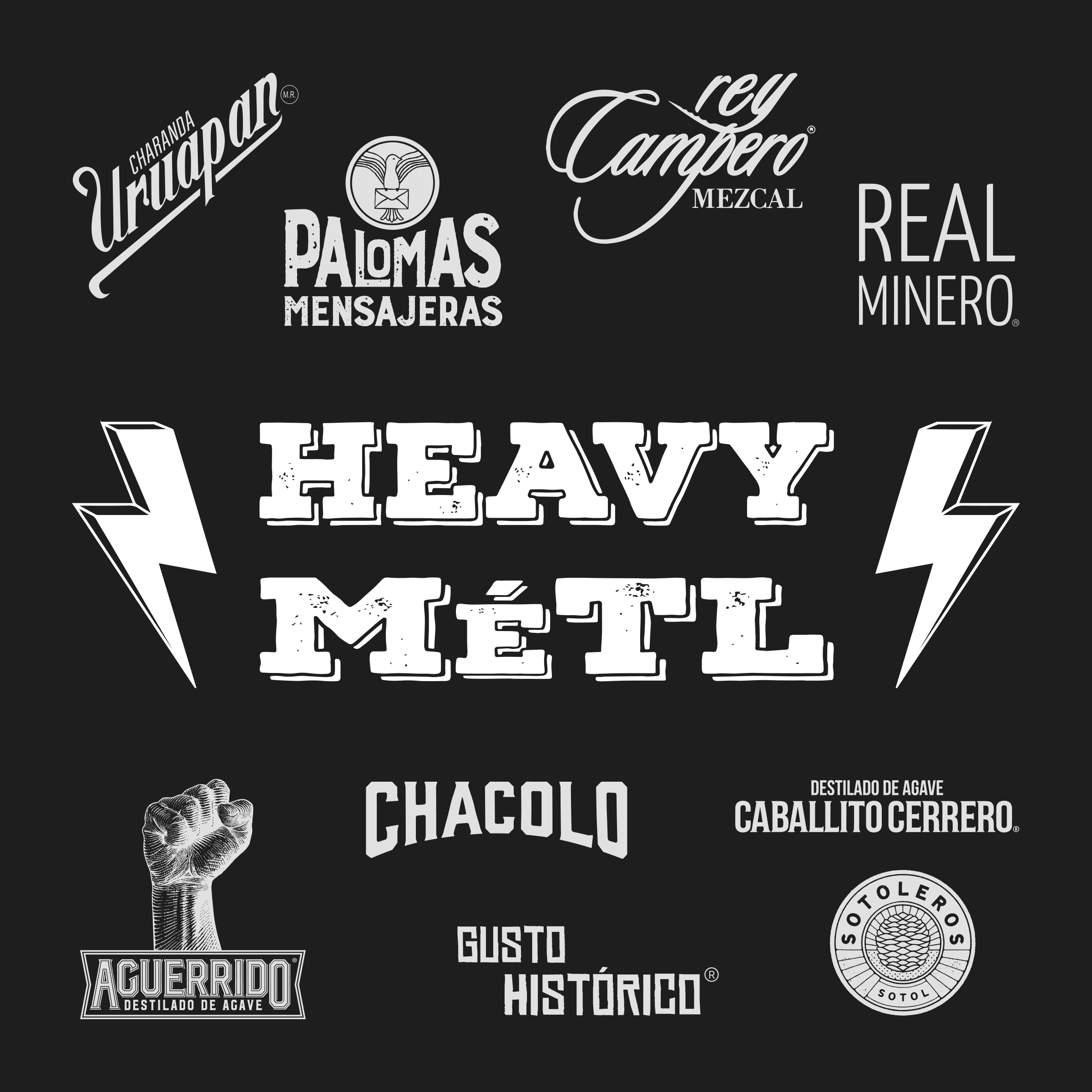
Keith
4 months agoI viewed this film in person at the Rialto Theatre in Raleigh a few years ago.
This is the absolute most boring and pointless documentary and film I have ever viewed in my life.
It’s literally just watching dudes walk around and hack plants with a machete while talking about nothing.
I could walk down the street, knock on a random persons door in my neighborhood, and film them for 5 years and then put their life into a 2 hour documentary.
If this person was a UPS driver who came home and stared at Instagram in his phone, it would be a far more exciting documentary.
B
2 years agoFor gawd sakes, figure out how to stream it to us!
Stephan Werk
1 year agoThanks for your patience, streaming now on Vimeo On-Demand, coming to AmazonPrime, AppleTV and GooglePlay soon. https://vimeo.com/ondemand/sonsofmezcal
Axel Huhn
2 years agoIt’s good that this film is called Sons of Mezcal, because neither there nor in this text are women mentioned at all. That’s why it also fails in presenting Mezcal as the business of families.